-
TrackoBit
Manage commercial vehicles with the new-age Fleet Management Software
TrackoBit -
TrackoField
Streamline your scattered workforce with Field Force Management Software
TrackoField -
Features Resources
-
Blog
Carefully curated articles to update you on industrial trends. -
White Paper
Insightful papers and analysis on essential subject matters. -
Glossary
Explore an alphabetical list of relevant industry terms. -
What’s New
Get TrackoBit & TrackoField monthly updates here. -
Case Study
Explore the cases we solved with our diverse solutions. -
Comparisons
Compare platforms, features, and pricing to find your best fit.
-
About Us
Get to know TrackoBit: our team, ethos, values, and vision. -
Careers
Join the most dynamic cult of coders, creatives and changemakers. -
Tech Support
Learn about our technical support team and services in detail. -
Events
Check out the exhibitions where we left our marks and conquered. -
Contact Us
Connect with us and let us know how we can be of service.
Optimizing Last-Mile Delivery: Strategies for Overcoming Challenges
- Author:Tithi Agarwal
- Read Time:8 min
- Published:
- Last Update: January 9, 2025
Table of Contents
Toggle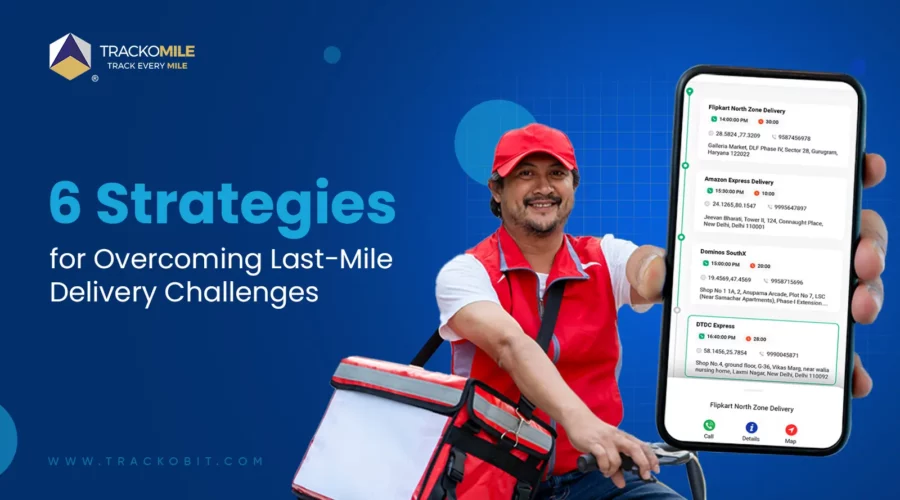
Are you tired of not being able to deliver orders on time and losing out on customers? Well, here are some efficient strategies for overcoming last-mile delivery challenges.
Table of Contents
ToggleThe need for optimized last-mile delivery has increased. This is because of the growing demand for on-demand delivery services.
Courier service providers are facing last-mile delivery challenges. There is a high need to solve these problems as business reputation and customer base depend on it. Last-mile delivery software is the best way to confront and solve this technology.
These articles discuss the challenges that plague the last-mile process. It also shares the best possible methods to solve them.
Read on!
Why is Last-Mile Plagued with Challenges?
The rise in order volume and faster delivery has made last-mile delivery a concern. Smoothening the process of transporting the goods has become necessary. This is because it has the attention of both consumers and businesses. There are several reasons for the growing obsession with last-mile process.
The explosive growth in last-mile logistoces also adds to the dilemma. There is a shift in the purchasing pattern. More consumers are choosing at home fast and cheap deliveries. This is putting a strain on courier companies. They have to deal with delivering heaps of boxes.
Management of orders, riders, and operations causes delayed delivery without the proper technology. Which increases operation costs and angers consumers.
Now consumers are not willing to go below quick same-day, 24-hour, or next-day deliveries as well. This shows how important it is to create strategies that solves all these challenges.
Now, let’s explore the challenges that last-mile service businesses suffer from.
Some Prominent Last-Mile Delivery Challenges
Last-mile logistics aims to deliver packages to customers as soon as possible.
The difficulty? The rising demand for frequent and high-volume deliveries putts pressure on the last leg of the supply chain. This increased demand leads to higher resource usage, which significantly raises costs. Plus, it takes them a lot of time to plan even the smallest task, like allocating the orders to the riders. Delivery costs increase with every challenge.
Here are some pertinent challenges we are discussing in detail…
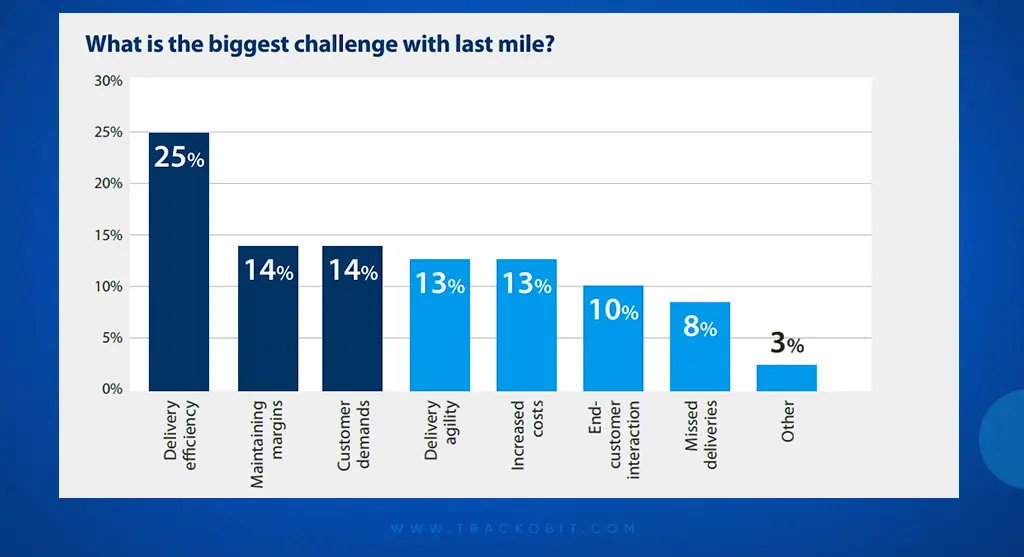
Last Mile Delivery’s Biggest Challenges
Challenge#1 Inefficient Route Planning
Finding the best possible route for a riders to follow from the warehouse to the destination. Assigning random and inefficient routes leads to delays and increases costs.
A route optimization solution provides the shortest and most cost-efficient route. The vehicle routing problem is a complex issue. It has challenged scientists and mathematicians over the years.
Route optimisation solution uses ML and AI algorithms to solve the issue. But only to some extend.
Challenge#2 High Cost of Delivery
Despite being the shortest process, last mile process is the costliest. This is because it deals directly with consumers. Adding infrastructure to smoothen out the process adds to the last mile delivery cost. This includes hiring more riders for faster and more deliveries or buying more and bigger vehicles.
Furthermore, order cancellations, delays, or second attempted delivery increases the operation cost.
Regretfully, charging the consumer for these expenses may not be a good idea. If unexpected costs occur, customers will likely abandon their purchasing basket. Thus, the wisest action would be to reduce and defray these expenses elsewhere.
Challenge#3 Lack of Transparency in Last-mile Delivery
Poor visibility is one of the biggest obstacles to the last-mile process. Dispatchers are often not aware of the status of riders, tasks, and deliveries. They struggle with identifying the bottlenecks hindering on-time dispatch. Fortunately, it’s also one of the easiest problems to resolve.
You can opt for last-mile software with a dispatch management module. It provides updates on every activity and tracks riders and deliveries in real-time. The software provides consumers with real-time tracking links. This way, they will be aware of the status of their goods.
Challenge#4 Use of Outdated Technology
You might assume that courier service providers use the latest technology for planning. However, many logistics businesses still rely on outdated methods to deploy their riders. This may come as a surprise. And when they do use technology, it is limited to warehouse management. As a result, customers and chances are getting lost.
It’s an easy fix. Introduce last mile technology that digitizes logistical processes. It takes care of –
- Dispatching management
- Payload capacity management
- Vehicle allocation and tracking
- Sharing ETA
- and Route planning.
Challenge#5 Increasing Competition and Customer Expectation
Last-mile process is already complicated. The transportation sector is becoming more competitive, and customers have higher expectations. This is because of the growth of eCommerce.
Companies like Amazon provide same-day or next-day delivery. Thus setting the bar high and now customers will not settle for anything less.
To beat competition courier companies must adapt to shifting demands. To attract clients, they must offer services like
- Hassle-free returns,
- Flexible delivery windows,
- Same-day or next-day delivery alternatives,
- and real-time tracking.
Challenge#6 Delayed Delivery
Delivery delays are one of the biggest problems shipping and delivery companies face. When companies miss deadlines, they incur expenses. Delivery delays undermine a company’s bottom line and increase customer turnover. Most importantly, it harms a brand’s reputation. Even second-attempted deliveries are a big hassle.
As a result, to make deliveries on time, you need a same-day delivery strategy. The solution is to adopt a last mile software with automated solutions. It would offer route optimization and automatically pair vehicles with orders.
Solution to Make The Last Mile Problems Go Away
Here are key, effective strategies that can help businesses beat last-mile challenges.
1. Improve customer-warehouse proximity
If the warehouse is located closer to delivery location, the last mile issue can be resolved. This way you can reduce delivery times, expenses, and fuel consumption. It may also serve as a customer pick-up or drop-off location. This also makes inventory management more efficient and less time-consuming. Thus raising warehouse operations’ return on investment (ROI). That is why micro-warehousing is a rising last mile delivery trend.
2. Invest in technology for delivery optimization
Technology like TrackoMile’s last-mile delivery software can analyze data in real-time. This helps with improving decision-making. It uses AI and ML-based solutions for driver allocation and route optimisation. The software ensures optimised last mile operations. Be it cost, time, resource allocation, managing riders and order- all get streamlined
3. Optimize Route Planning
Planning a route can significantly reduce delivery times. The route optimisation software can automatically schedule routes based on 120+ factors. Such as
- Time,
- Location,
- Vehicle capacity,
- Traffic condition.
- History of trips
Also, in case of unforeseen circumstances, it reroutes by notifying the driver.
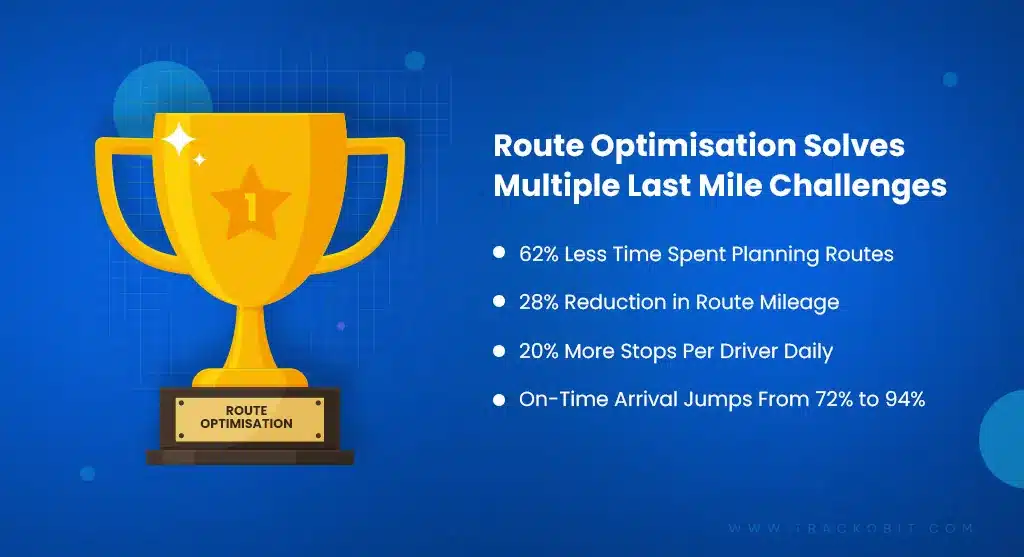
4. Communicate with customers in real-time
Consumers expect flexible delivery options because they might be unavailable for collecting orders. This can lead to re-attempted deliveries, which is not good. So to avoid it, customers should receive regular alerts about the status of their package. This helps both the customer and the driver as it ensures customers are present.
TrackoMile shares dynamic ETA with consumers. It does it through messages or emails.
5. Implement an effective real-time delivery tracking system
Businesses and customers can stay informed about the progress using real-time tracking. Companies can communicate real-time delivery information through tracking.
Issues with the customer experience and business operations include –
- Missed deadlines,
- Poor route optimization,
- Incomplete delivery documentation,
- And the incapacity to accept contactless payments.
By using advanced solution you can optimise operations and maximise efficiency. This way the largest threats to logistics operations can be resolved.
6. Optimise Order Scheduling
Poorly scheduled deliveries cause delays in transit and directly impact customer satisfaction. Inefficient routes further add to the time and cost of deliveries.
Dispatch management software improves dynamic scheduling for day-to-day dispatch operations. It enables riders to meet promised SLAs. Optimized route planning enhances FADR, fulfilling more orders and boosting daily delivery volumes.
The software automates scheduling and routing workflows to streamline on-demand deliveries. It helps dispatchers create and assess smart delivery clusters to avoid overlapping territories and routes, improving last-mile delivery efficiency and productivity.
Conclusion
Businesses should stay consistent by delivering last-mile deliveries on schedule. Increasing delivery operations’ dependability and speed contribute to increased client loyalty and satisfaction.
Improving delivery management is an ongoing effort, and businesses should aim for steady operational efficiency. TrackoMile’s last-mile delivery software solves last mile challenges and increases delivery productivity.
Frequently Asked Questions
-
What are the issues with the last-mile service?
What are the issues with the last-mile service? - High operational costs, - Time-consuming use of outdated technologies, - Inefficient route planning, - And real-time visibility. These issues cause multiple hiccups in the scalability of operations. They hinder the delivery of a quality experience to customers.
-
How to optimize last-mile deliveries?
Logistics companies can use dedicated route planning and optimization software to streamline operations. This software adds automation to the process and helps save fuel costs. This positively impacts the business's bottom line and serves customers well.
Tithi Agarwal is an established content marketing specialist with years of experience in Telematics and the SaaS domain. With a strong background in literature and industrial expertise in technical wr... Read More
Related Blogs
-
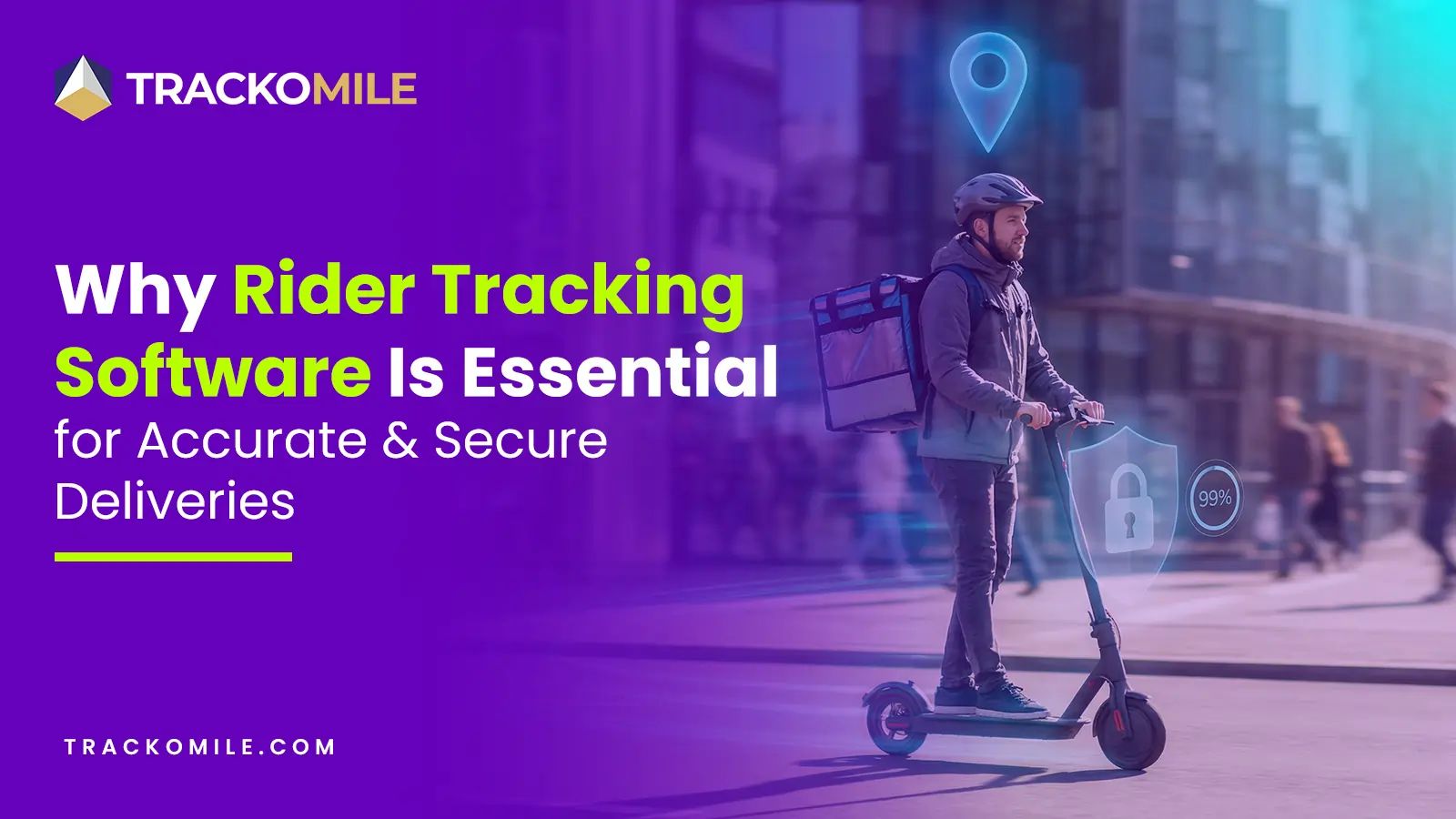
How Rider Tracking Software Improves Delivery Accuracy and Reduces Fraud
Tithi Agarwal December 8, 2025Rider tracking software improves delivery accuracy with real-time GPS visibility and automated ePOD. It also enables route optimisation and fraud…
-
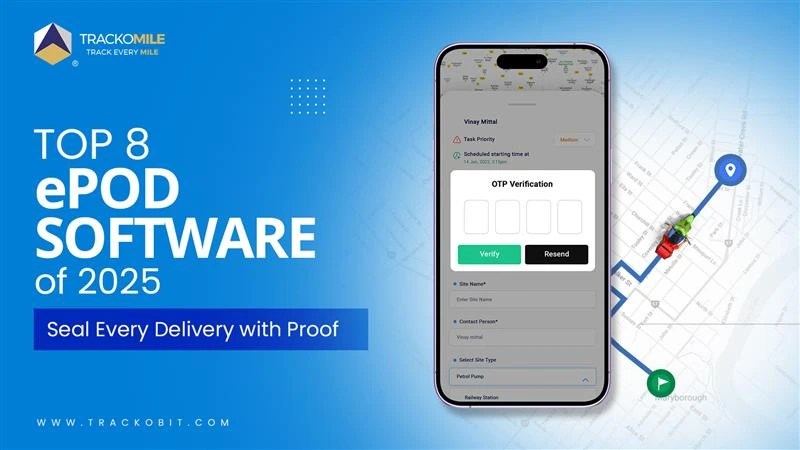
Top Electronic Proof of Delivery (ePOD) Software in 2026
Tithi Agarwal September 25, 2025Electronic proof of delivery has become the backbone of modern logistics. Explore the top 8 ePOD software in 2025 and…
-
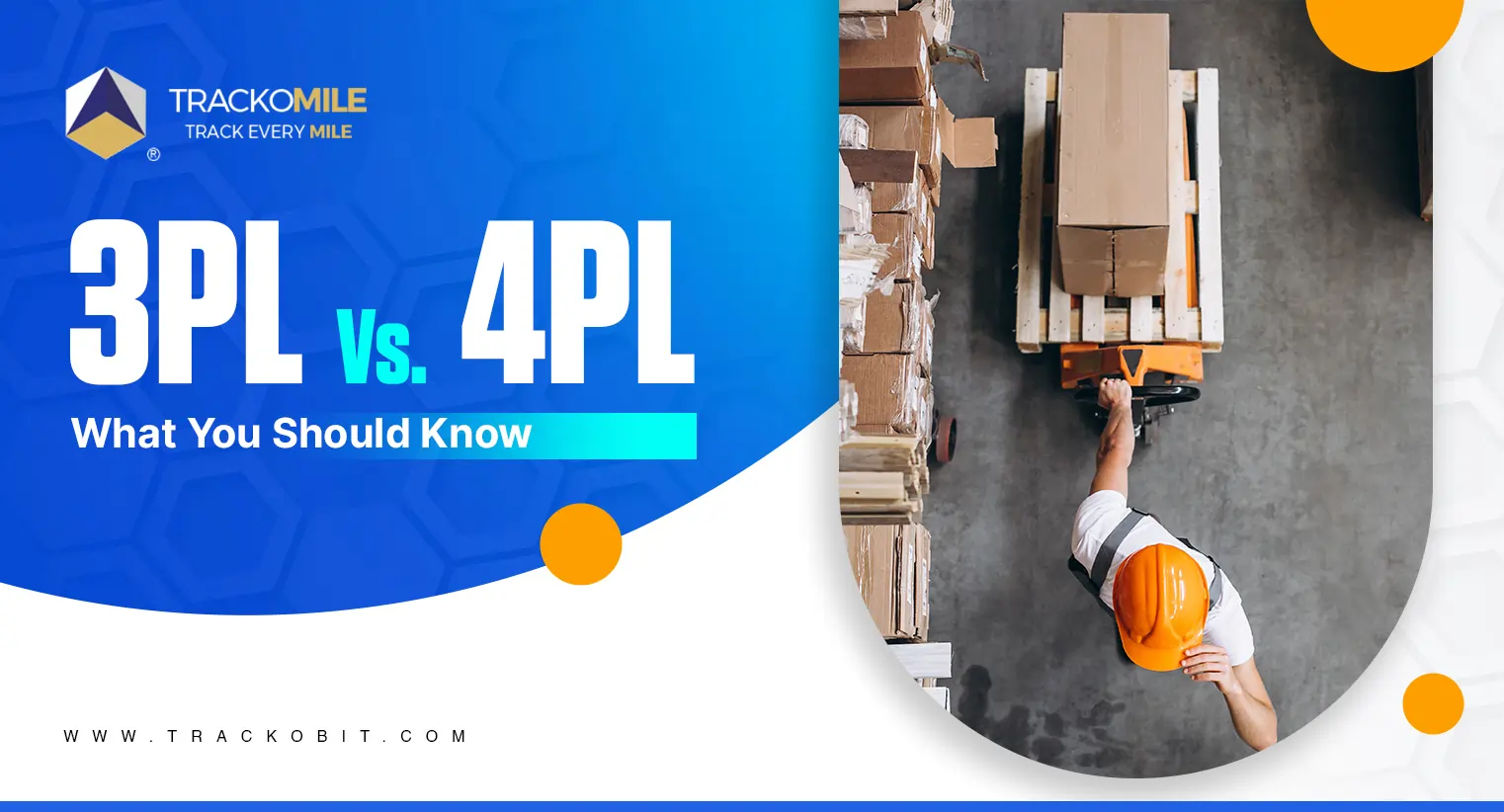
3PL vs. 4PL: Which is Best for Your Business?
Tithi Agarwal September 25, 2024Confused about choosing between 3PL and 4PL for your retail supply chain? Read this blog to find out which is…
-

What is Payload Capacity? Payload Capacity Vs. Towing Capacity
Tithi Agarwal September 10, 2024Payload capacity is the total weight a vehicle can safely carry, and it is crucial for safety and compliance. Exceeding…

Subscribe for weekly tips to supercharge your last-mile delivery.
Your inbox awaits a welcome email. Stay tuned for the latest blog updates & expert insights.
"While you're here, dive into some more reads or grab quick bites from our social platforms!"Stay Updated on tech, telematics and mobility. Don't miss out on the latest in the industry.
We use cookies to enhance and personalize your browsing experience. By continuing to use our website, you agree to our Privacy Policy.



































